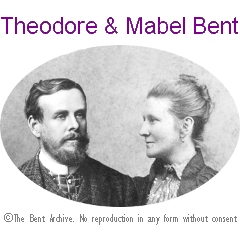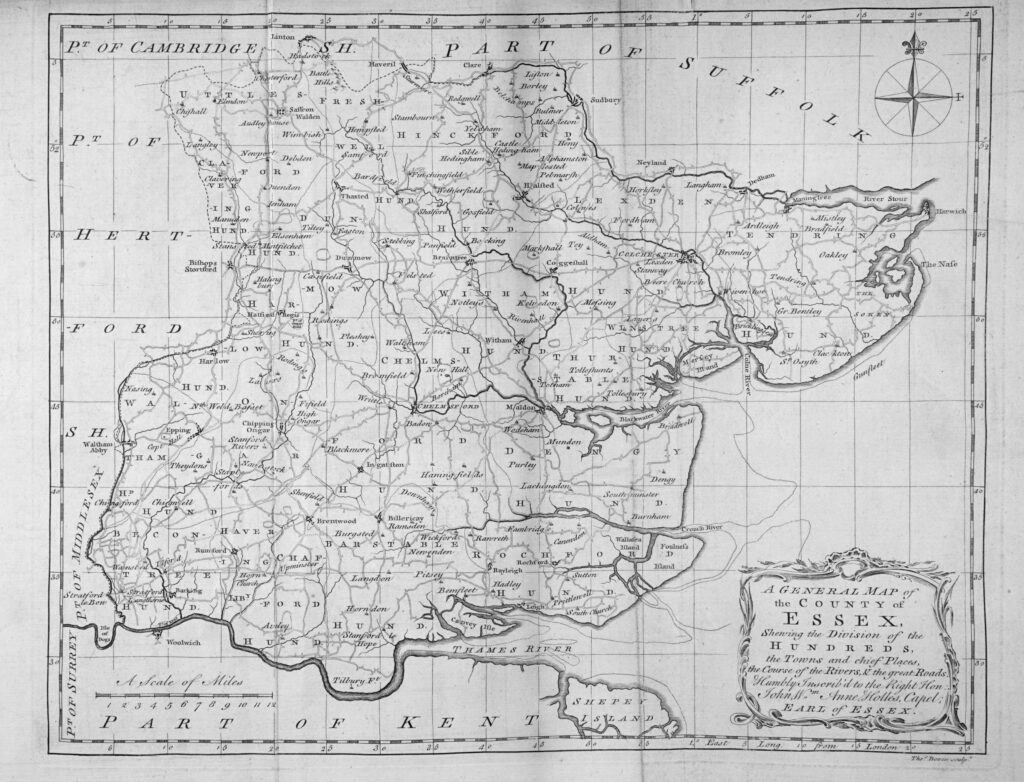
The aim of this short series of posts on the Essex homes (essentially northern Greater London, England) of Mabel’s kin – on her father’s side – is to give a quick look at the open spaces and sorts of landscapes that Mabel Bent (née Hall-Dare) would have enjoyed as a young woman on the eastern shores of the Irish Sea, predisposing her to an adventurous, outdoor life – horses everywhere, rivers, forests, walks, new rail links, not to mention the travelling involved in getting up to Dublin from Co. Wexford and then across the sea to London (there were rented properties in ‘Town’ too of course), for stays in Essex before, for example, spending the long summers touring Europe with her siblings. Indeed, she was to meet her husband-to-be, Theodore Bent, in Norway on one such tour (although we still don’t know when, where, how, and why).
The Essex properties, lands, and churches featured include: (1) ‘Fitzwalters‘, (2) ‘East Hall‘, (3) ‘Ilford Lodge‘, (4) ‘Cranbrook’, (5) ‘Wyfields‘, ‘Theydon Bois’, and others, all with links in one way or another to Mabel Bent.
No. 4: Cranbrook – Ilford, Essex, UK.
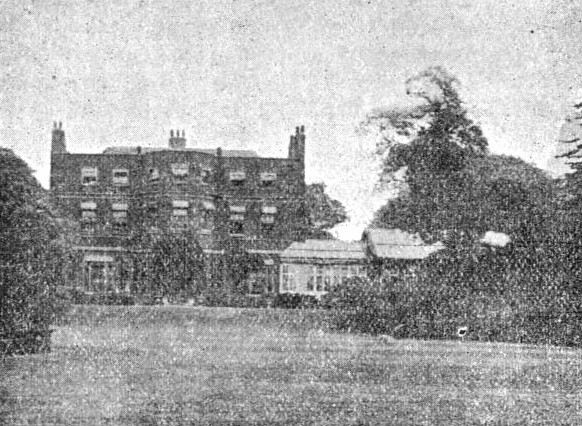
The jewel in the triple-crown of the Ilford estates linked to Mabel Bent’s connections on her father’s side was ‘Cranbrook’, taking its name from a stream that made its slow way down to the Thames through its acres. The stream was dammed in the 17th century to make a lake for the grand chalet of Valentines nearby, and the best way to locate what was once Cranbrook is to cross the happily labelled A123 at the west end of this water feature, and there the suburban sprawl that greets you all around affronts the memory of Mabel’s grandfather’s fine demesne. By 1901 the estate and manor house were gone. Mabel is unlikely to have stayed there, the lands being inherited by her uncle Henry on her grandfather’s death; however she may well have called in for tea.
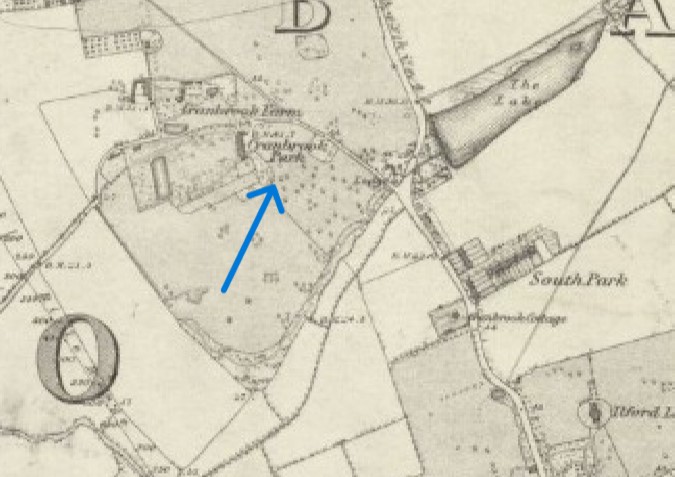
Our two guides to the manor house of Cranbrook and its lands are the very straight-bat of The ancient parish of Barking: Manors, in Volume 5 of A History of the County of Essex (originally published in 1966, edited by W.R. Powell and now as essential as it freely accessible, online); and Edward Tuck’s whimsical A sketch of ancient Barking, its abbey, and Ilford (1899?).
It is not at all hard to distinguish the pens, not least because Tuck adds a final ‘e’ to the name.
To open the bowling, then, with Powell: “The manor of Cranbrook (in Ilford) which lay about ½ mile north of Ilford village, was a free tenement held of [Barking] abbey. It derived its name either from the Cran Brook, a tributary of the Roding, or from a family of Cranbrook which was itself named from the stream.” (Powell 1966, 190ff)
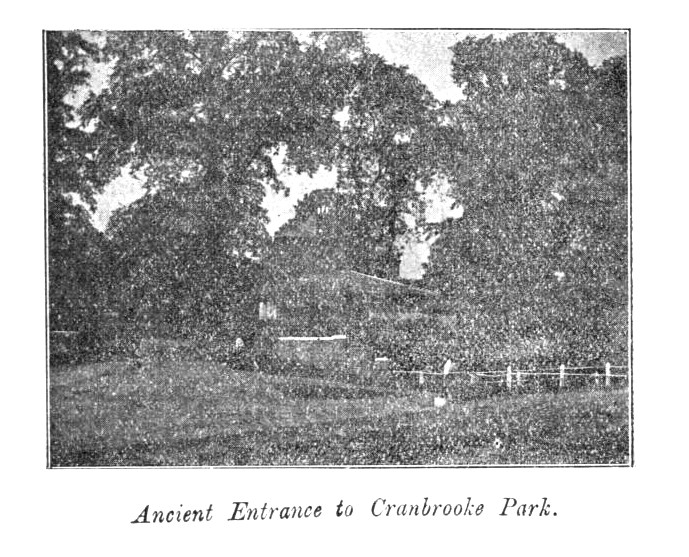
Tuck chips in at this point: “It may here be remarked that Cranbrook Manor is the oldest manor connected with the ancient abbey of Barking. It was held by the Malmeynes for several generations prior to 1314, giving it a period from 600 to 650 years at the least; during which time it has maintained its unbroken dignity of being a ‘Gentleman’s Mansion’…” (Tuck 1899, 36-9)
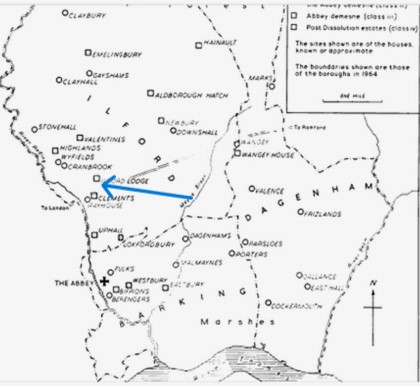
Powell again, clearly annoyed at the interruption: “In 1805–6 the estate was acquired by John M. Grafton Dare (d. 1810). In 1805 Dare, originally surnamed Grafton, and his wife Elizabeth, had inherited the estate of John Hopkins Dare, her son by a previous marriage… In 1808 Cranbrook comprised 179 [acres, c. 70 ha], including some 60 [acres, c. 25 ha] lying west of Cranbrook Road… After J.M. Grafton Dare’s death the estate passed to his widow, Elizabeth Grafton Dare (d. 1823), and then to her daughter Elizabeth, wife of Robert Westley Hall [Mabel’s grandfather]. Hall, who then assumed the additional surname of Dare, was the son of Robert Hall, of Ilford Lodge [Mabel’s great-grandfather]… Hall-Dare died in 1836, leaving Cranbrook to his second son Henry [Mabel’s uncle. (Her father was to have rights to East Hall in Rainham, and a huge sum from compensation due after their plantation slaves in Demerara were freed after Abolition in 1833)]… [Henry] sold it, some time after 1847 [Mabel’s birth year]…”
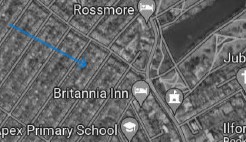
“The last occupier of Cranbrook House, A.S. Walford [husband of the novelist L.B. Walford], gave up his tenancy in 1899, and by 1901 the house had been demolished and the estate cut up for building. The site is now occupied by De Vere Gardens, Endsleigh Gardens, and adjacent roads.” (Powell 1966, 190ff).
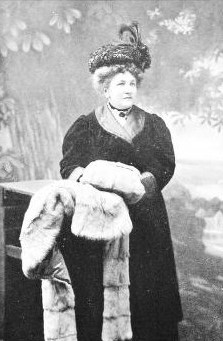
Tuck saw the writing on the walls for this elderly estate long before the death of Queen Victoria; he will tell us, in a style reminiscent of Dr Frederick Chasuble, but not before his recommendation to read the ‘light-hearted domestic comedies’ of the previous dweller: “This mansion for a number of years was occupied by A.S. Walford, Esq., J.P., and his wife, Mrs. A.S. Walford, the well-known and popular authoress, whose works find favour, not only in many a household, but also in our principal public libraries… But this handsome mansion and estate is doomed; the destroyer’s hand has commenced operations, the beautiful park, the great resort of the inhabitants of Ilford for generations, is now cut up and covered with houses.” (Tuck 1899, 36-9)
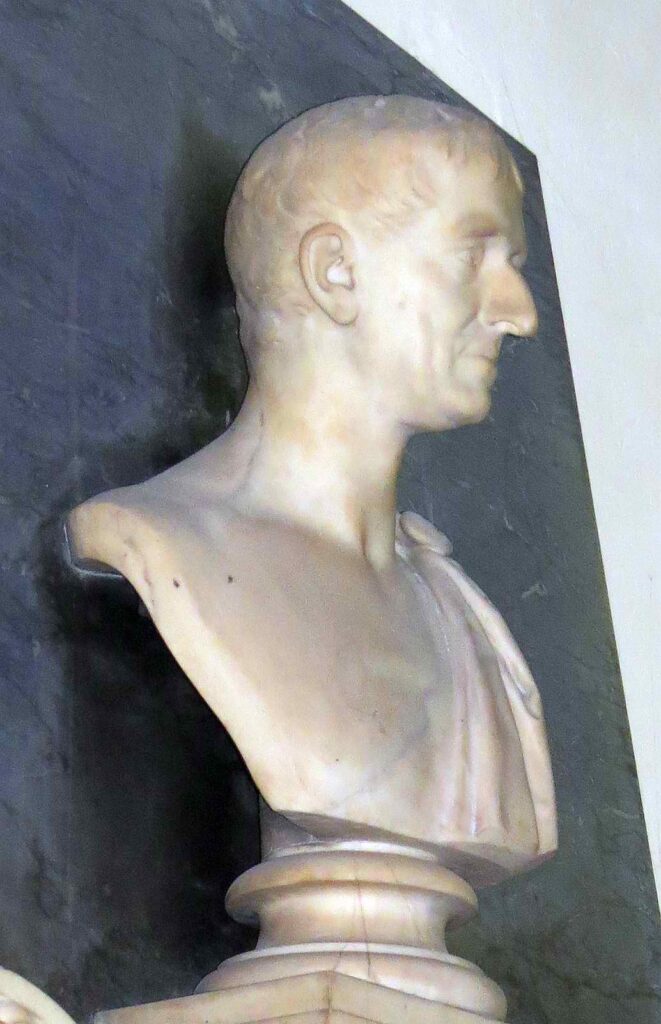
He should see it now. The fine house numbered among its owners “families of honour and distinction”, opines Tuck, including: “Robert Westley Hall-Dare, Esq., J.P. and M.P. [Mabel’s grandfather]. [He] was elected M.P. in December 1832. He was always most interested in the affairs connected with the Ilford ward, and the Parish Church, Ilford, owes its origin to his indefatigable exertions. His daughter Mary [Mabel’s aunt] was selected to lay the foundation stone, and the building was named St. Mary’s.
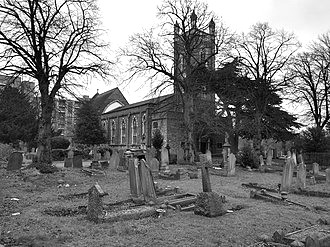
“This church was opened on June 9th, 1831, by Bishop Blomfield, Bishop of London, and the day was spent in general festivity from the highest to the lowest classes. All labour was suspended and the poor were not forgotten, being provided with food at their homes. A large party was entertained under a marquee on the lawn at Cranbrook, and after luncheon a ball was opened by Mr. Hall-Dare, who chose for his partner Miss Ashmole, a daughter of one of the oldest trading families of Ilford.” (Tuck 1899, 36-9) Those were the days.
References
Edward Tuck, A sketch of ancient Barking, its abbey, and Ilford (Ilford, 1899(?), pp. 36-39).
The Ilford Historical Society has several features on the Essex estates of Mabel’s connections in its Newsletters, e.g.:
An interesting announcement in The London Gazette of June 20 1865 relating to the will of Mabel’s grandfather, Robert Westley Hall-Dare (the first, d. 1836).
Coming next: No. 5: ‘Wyfields‘.
The back story
Of course Mabel was fortunate in that her family (on both sides) were landed (obviously) and comfortably off. Mabel’s paternal grandfather was the first of the Robert Westley Hall-Dares proper, an astute, baronial, figure who sat at the head of a coalition of wealthy and influential Essex families (Halls, Dares, Graftons, Mildmays, Kings, to name but a few), garnering in with him two major estates (Theydon Bois and Wennington) and various other demesnes, farms, and assorted dwellings, large and small. His wealth and assets were based on rents, farming, ventures, deals, and investments – including a sugar plantation in what is today British Guyana. This plantation, ‘Maria’s Pleasure‘, still retains its name, although it was disposed of after Mabel’s father, to whom the sugar estate had been left, received his compensation for the emancipation of around 300 slaves after Abolition (worth the equivalent of several millions of pounds now).
Robert Westley Hall-Dare the first (1789-1836), the Member of Parliament for South Essex from 1832 until his death, rubbed shoulders with the great and the good, not to mention London Society, but it was his son Robert Westley Hall-Dare the second (1817-1866) who actually married into (minor) aristocracy with his marriage to Frances, daughter of Gustavus Lambart of Beauparc, Co. Meath – Mabel (b. 1847) was one of their daughters.
Mabel was thus free to travel; her husband was the perfect fit; they were never slowed down by children. But if anyone should say to you, ‘Ah, but Mabel never worked’, then they don’t know what they are talking about: few women of her class would have sweated more, from Aksum to Great Zimbabwe.
References
Edward Tuck, A sketch of ancient Barking, its abbey, and Ilford (Barking, 1899?), pp.52-53.
The Ilford Recorder, 22 April 2017: ‘Heritage: The fraudster who gave our streets their names’
https://www.ilfordrecorder.co.uk/lifestyle/21197094.heritage-fraudster-gave-streets-names/
Ilford Historical Society Newsletter No.129, April 2019
For an overview of Cranbrook Manor written before 1792, see also Daniel Lysons, The environs of London: being an historical account of the towns, villages, and hamlets, within twelve miles of that capital interspersed with biographical anecdotes, London, 1792, pp.84-85.
For a photograph of Mabel’s uncle Francis Marmaduke Hall-Dare (1830-1897), past owner of Ilford Lodge, click here.
If you have any photographs or memories of Cranbrook we would be delighted to hear from you!
 Leave a comment or contact us about this article
Leave a comment or contact us about this article
